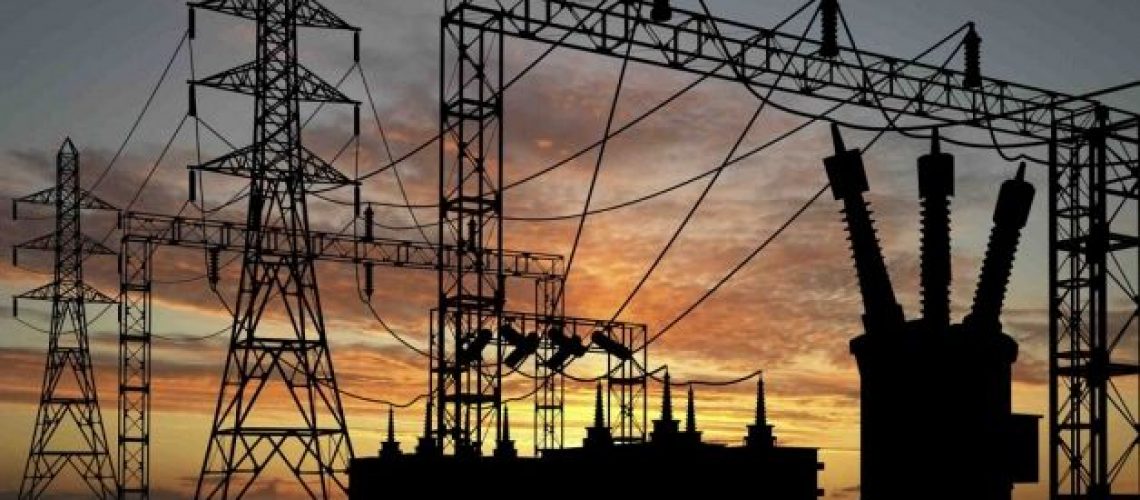Eskom ended up not implementing load shedding over the weekend. However, on Monday, it warned that the possibility of unexpected load shedding exists.
“The system remains constrained and vulnerable with no load shedding expected today, but the probability of load shedding remains if there is any unexpected shift,” Eskom tweeted.
#POWERALERT 1
— Eskom Hld SOC Ltd (@Eskom_SA) November 11, 2019
Date: 11 November 2019
The system remains constrained and vulnerable with no loadshedding expected
today but the probability of loadshedding remains if there is any unexpected shift @SABCNewsOnline @eNCA @ewnupdates @Newzroom405 @SAgovnews @News24 @TimesLIVE pic.twitter.com/hOMEy7n6ce
Eskom said that its Emergency Response Command Centre continues to monitor the system.
“We remind customers that any unexpected shift, such as additional unplanned breakdowns or the unavailability of diesel for our open cycle gas turbines or water levels at pumped storage schemes, could result in load shedding at short notice,” the power utility said.
“As communicated in the Summer Plan on 4 of September 2019, unplanned breakdowns above 9 500 MW require the use of emergency resources at a high rate and they increase the probability of load shedding if the supply constraints are sustained for a long duration.
“Eskom’s technical teams are working tirelessly to return units from planned and unplanned maintenance and to replenish emergency reserves.”
Eskom urges South Africa to help avoid load shedding
Meanwhile, Eskom said a concerted collective effort to reduce demand can further help to lessen the level of load shedding.
“And as such, we strongly urge customers to assist by helping to reduce demand by using electricity sparingly.”
- Set air-conditioners’ average temperature at 23ºC
- Switch off your geysers over peak periods
- Use the cold water tap rather than using the geyser every time
- Set your swimming pool pump cycle to run twice a day, three hours at a time for optimal energy use.
- At the end of the day, turn off computers, copiers, printers and fax machines at the switch. Avoid stand-by or sleep mode.
“Customers are advised to check their load shedding schedules on the Eskom or municipal websites,” Eskom added.
“We remind customers that load shedding is conducted rotationally as a measure of last resort. To protect the power system from a total collapse or blackout. “

